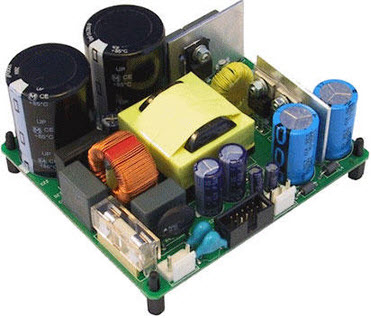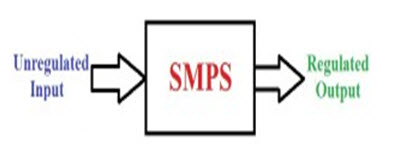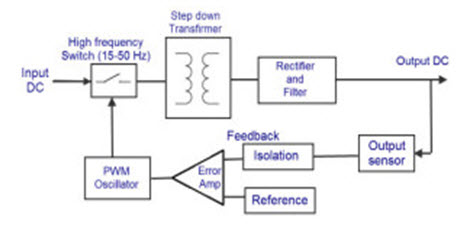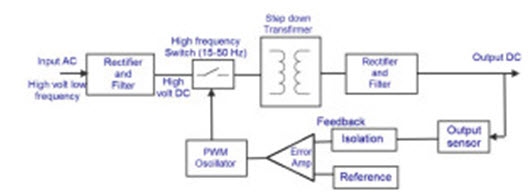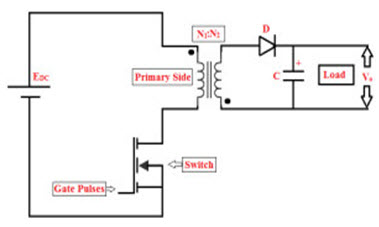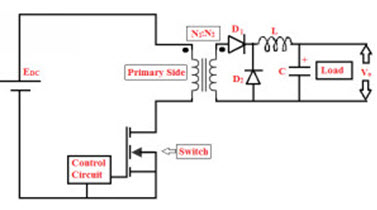Memory - Types and Speed

This section will examine the LO1 component regarding different types and speed of computer memory.
The memory in a computer system can be divided into:
- Random Access Memory (RAM)
- Read Only Memory (ROM)
RAM is temporary storage that the processor uses to store programs, and their associated data, while they are running. The idea of a program running from a computer's main memory is known as the 'stored program concept'. When invoked a program will be loaded from hard disk into RAM and any data entered is stored in RAM as well. RAM is volatile, which means that its contents are lost when the machine is turned off.
Memory size and speed, along with the processor type and speed, are factors which affect system performance. The more memory a machine has the faster it will be because the processor does not have to spend as much time transferring blocks of program code into RAM. The faster a processor can read and write to memory can also boost a machines performance
Types of RAM
There are different types of RAM that are used in computer systems, each having its own features and uses.
Memory types include:
| Description | Picture |
30-pin SIMM (Single In-line Memory Module)
|  |
| 72-pin SIMM |  |
168-pin DIMM (Dual In-line Memory Module)
|  |
| 184-pin DIMM |  |
The text descriptions refer to the different physical packaging of memory chips. This packaging is the placement of individual memory chips on a printed circuit board (PCB) which is designed to be easily inserted or connected to the motherboard.
Within each of the types there are different speeds, capacities and architecture. This means that even although a memory module could fit into a memory slot on the motherboard it may not work and that reference should be made to the motherboard documentation when installing new memory.
Connecting RAM to the Motherboard
Depending on the type and specification of memory modules there are different ways of connecting them to the motherboard. All memory modules are designed in such a way that there is only one correct way of attaching them to the motherboard. This could come as a gap or gaps along the bottom of the module or at the side.
SIMMs are typically inserted into their slot at an angle and then pushed forward until they click home, whereas DIMMs go straight into the slot and are pushed down until the two clips are either end of the module slip into place securing the module.
Note: Always handle RAM modules by their edges and avoid touching the metal contacts at the bottom.
Dynamic RAM
Dynamic Random Access Memory (DRAM) is the most common type of main memory found in computer systems. This type of memory is dynamic because its storage cells must be refreshed, i.e. receive a new electronic charge every few milliseconds in order for the memory state to be maintained, e.g. a '0' or a '1'.
Read Only Memory (ROM)
Read Only Memory (ROM) is a special type of non volatile memory that is used for certain functions, e.g. to store the computer system's Basic Input/Output System and also to store instructions that are required to be carried out when the computer is first switched on, e.g. Power On Self Test (POST). This test is used to check all of the hardware attached to the computer to see if it is working. If something fails the POST, e.g. a RAM fault, then the computer will issue a series of audible beeps. For each possible error there is a different set of beeps.
Once the computer has completed its POST it will look at its ROM and carry out the other instructions stored there. One of the key instructions is that to tell the computer to boot up the operating system.
Types of ROM
There are different variations on the classic ROM chips which were manufacturer produced and could not change. The most common are:
This type of ROM can be re-programmed by using a special device called a PROM programmer. Generally, a PROM can only be changed/updated once.
This type of ROM can have its contents erased by ultraviolet light and then reprogrammed by an RPROM programmer. This procedure can be carried out many times; however, the constant erasing and rewriting will eventually render the chip useless.
This type of ROM works in a similar way to Flash memory in that it can its contents can be 'flashed' for erasure ad then written to without having to remove the chip from its environment. EEPROMs are used to store a computer system's BIOS, and can be updated without returning the unit to the factory. In many cases, BIOS updates can be carried out by computer users wishing a BIOS update.
Flash Memory

Flash memory is an example of quite a recent type of storage technology known as solid state devices. This type of portable storage has become very popular because of its low price and high storage capacity compared to its rivals, e.g. floppy disk.
Solid state devices are regarded as being robust and reliable because they have no moving parts with the data stored in semiconductor chips. This technology already exists in the form of flash memory used to store the Basic Input/Output System (BIOS) of a motherboard.
Unlike ROM, flash memory can be read form and written to and unlike RAM does not require power to retain its data.
Although these devices typically cannot hold as much data as hard disks, CD-ROMs and DVDs, the storage capacity is continually increasing.
Types and Applications of Flash Memory
Common applications for solid state disks are digital cameras, camcorders and Personal Digital Assistants (PDAs). Solid state disks can also be used to transfer data from PC to PC.
Most solid state disks can be attached to a USB port, however, some disks need to be inserted into a special drive or card reader.
There are four common formats for solid state disk. They use similar technology but have differences in physical format and interfacing.











